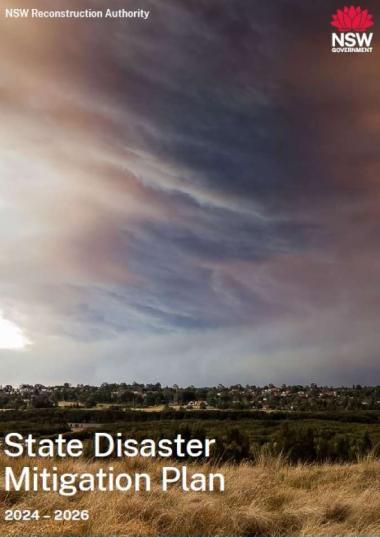
On account of its geologic, topographic and climatic attributes Turkey has frequently been confronted with many different kinds of perils and threats that turn into disasters for its inhabitants, and has managed to develop significant achievements and experience in coping primarily with earthquakes and other forms of natural disasters since the establishment of the Republic in the 1920s. During the post-1950s period massive and rapid domestic migration to urban settlements, poorly supervised urban development have combined with an equally rapid industrialization process to deliver cities that are critically vulnerable to all natural, technologic, environmental and human-induced hazards. Earthquakes command front position in the ranking of these risks.
Renewed awareness that the practice of disaster risk reduction should be accorded precedence over the traditional policies for post-event healing in the aftermath of the earthquakes in Kocaeli and Düzce in 1999 when excessive levels of loss of life and property and economic, social and environmental damage were experienced. In response to this need “National Earthquake Strategy and Action Plan” has been prepared as the first step so as to empower a society that is well prepared and resilient for reduction of the seismic risk and capable of coping well in the face of earthquakes. The crafting of the institutional groundwork to achieve these objectives and to determine the associated R&D priorities is among the tasks of the document.
The principal objective of the Plan is to constitute new earthquake-resistant, safe, well prepared and sustainable settlements so that physical, economic, social, environmental and political harms and losses that may be engendered by earthquakes are prevented, or their effects reduced.





